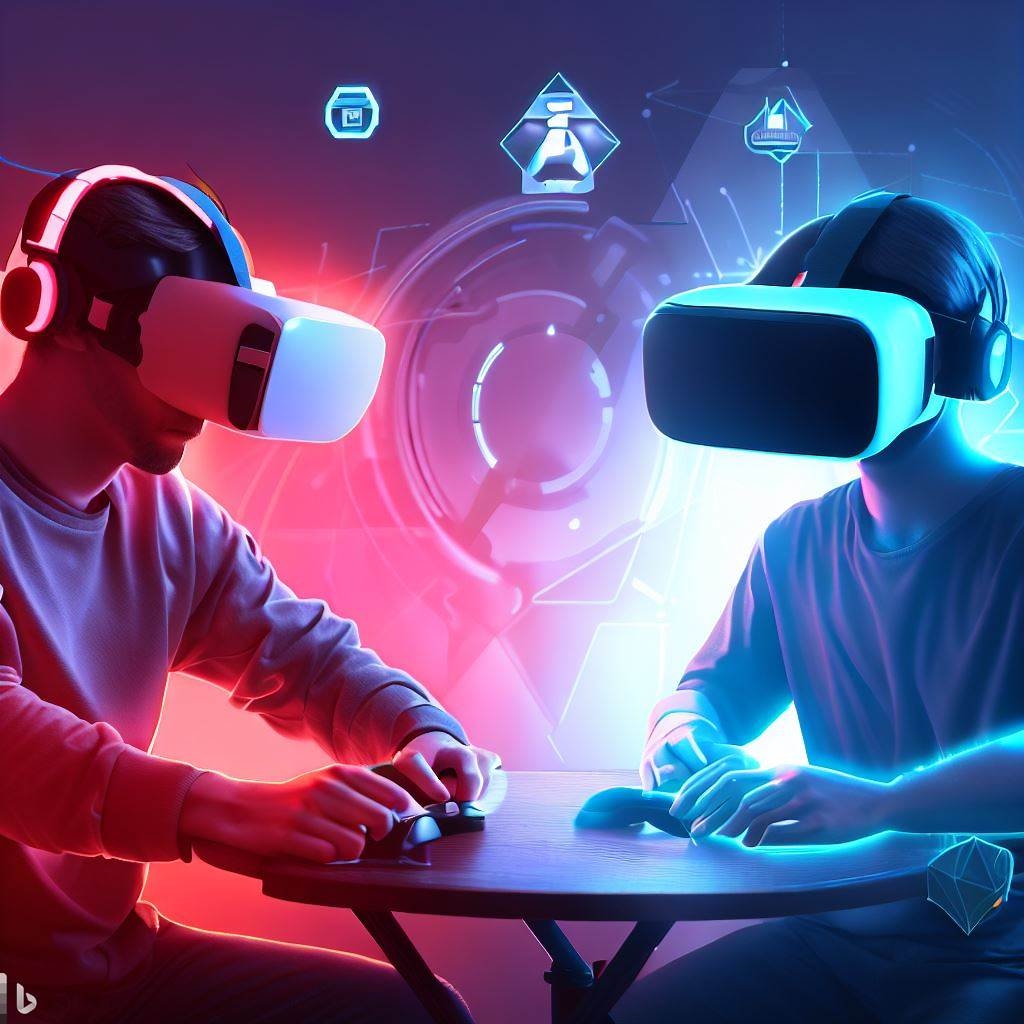VR vs. AR Game Development: Exploring the Similarities and Differences in Building Immersive Experiences

Virtual Reality (VR) and Augmented Reality (AR) have revolutionized the way we experience digital content, particularly in the realm of gaming. While both technologies offer immersive experiences, they differ in their approaches and capabilities. In this article, we will explore the similarities and differences between VR and AR game development, shedding light on the unique aspects of each technology and helping you understand which one suits your game development goals.
Section 1: Understanding VR Game Development
- Introduction to VR Game Development: Learn about the core principles and concepts behind creating virtual reality games.
- Hardware and Platforms: Explore popular VR platforms such as Oculus Rift, HTC Vive, and PlayStation VR, along with the hardware requirements necessary to develop for each platform.
- Immersive Gameplay Mechanics: Discover how VR enables developers to create immersive gameplay mechanics like full-body motion tracking, hand presence, and room-scale interactions.
- Designing for VR: Understand the design considerations specific to VR, including user comfort, locomotion techniques, and interface design optimized for VR headsets.
- VR Game Engines: Explore game engines like Unity and Unreal Engine, which provide robust tools and frameworks for developing VR games.
Section 2: Exploring AR Game Development
- Introduction to AR Game Development: Learn about the fundamentals of developing augmented reality games.
- Mobile AR Platforms: Discover popular AR platforms such as ARKit (iOS) and ARCore (Android), which leverage smartphone cameras and sensors to overlay digital content onto the real world.
- Marker-based and Markerless AR: Understand the difference between marker-based AR, which uses predefined markers to trigger AR experiences, and markerless AR, which relies on computer vision to detect real-world objects.
- World Tracking and Spatial Mapping: Explore how AR allows developers to map and interact with the real-world environment, enabling realistic object placement and persistent AR experiences.
- AR Game Engines: Learn about AR-specific tools like Unity’s AR Foundation and ARCore/ARKit development kits, designed to simplify the development of AR games.
Section 3: Similarities and Differences
- Immersive Experience: Discuss how both VR and AR create immersive experiences but with different levels of immersion. VR provides a fully immersive experience, while AR overlays digital content onto the real world.
- Interaction and User Input: Compare the input methods in VR and AR, such as hand tracking, controllers, and gestural interactions, and how they differ based on the technology’s capabilities.
- Design Considerations: Highlight the design considerations shared between VR and AR, such as user interface design, performance optimization, and maintaining a balance between immersion and usability.
- Content Creation and Asset Development: Explore the similarities in content creation workflows, including 3D modeling, animation, and audio production, while considering the unique requirements of each technology.
- Market Potential and Audience: Discuss the market potential and target audience for VR and AR games, considering factors like hardware availability, market saturation, and user adoption.
Conclusion: VR and AR game development offer unique opportunities for creating immersive and engaging experiences. While VR provides a fully immersive virtual world, AR overlays digital content onto the real world, blending reality and virtual elements. Understanding the similarities and differences between VR and AR game development is crucial for making informed decisions when choosing the right technology for your project. Consider your game’s requirements, target audience, and available resources to determine whether VR or AR is the best fit. By leveraging the strengths of each technology, you can create captivating and groundbreaking gaming experiences that push the boundaries of interactive entertainment.





